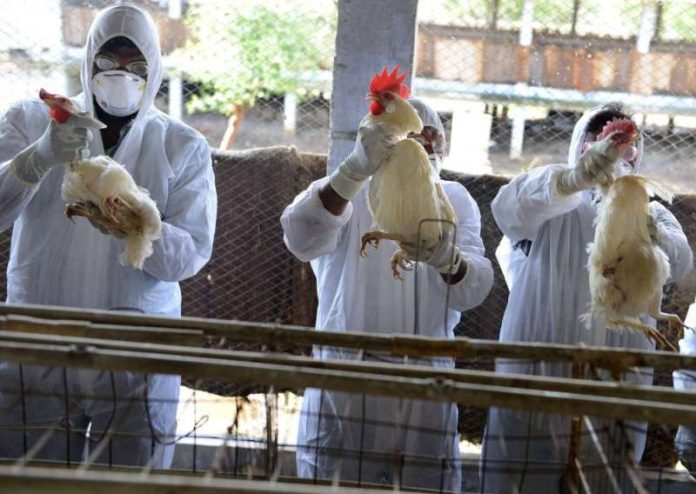Virologists have sounded the alarm about avian influenza, after a “worrying spread” of the deadly virus among mink animals, pointing out the possibility of it being transmitted to humans and sweeping the world.
Concerns rose among scientists around the world, after tests confirmed that the H5N1 strain was spreading among mammals. This means that the pathogen could acquire mutations that would allow it to spread more easily between humans, helping it remove the biggest obstacle that kept it from conquering the world, reports Al-Rai daily.
An immunology expert at the Francis Crick Institute in London, Professor Robert Bell, said the “H5N1” strain that “we should already have contingency plans for vaccines,” and Isabella Eckerle, a virologist at the Center for Emerging Viral Diseases at the University of Geneva, described this as the “really worrying,” developments according to the British Daily Mail.
Other experts have warned that an outbreak of the virus among mink animals could lead to “recombination”, that is, when two viruses exchange genetic material to produce a new hybrid.
A similar process is believed to have caused the global swine flu crisis in 2009, which infected millions around the world.
The same biological phenomenon was witnessed during the Covid pandemic, through the “Deltacrone” mutant, caused by the recombination of the “Delta” and “Omicron” mutants, which was discovered for the first time in France last February.
For decades, scientists have warned that avian influenza is the most likely virus to cause a “pandemic”, explaining that this is due to the risk of recombination, as high levels of human influenza strains increase the risk of human infection with avian influenza as well. This could result in a deadly strain of avian influenza merging with a transmissible seasonal influenza.
And according to “Sky News Arabia”, a report issued by experts in the Spanish Ministry of Agriculture, Fisheries and Food, along with some rural affairs councils, indicated that this is the first time that the H5N1 virus has spread among mink animals in Europe, warning that the mink It could serve as a potential “mixing vessel” for transmission of the virus between birds, mammals, and humans, such as re-associating the strain with human influenza viruses that can infect humans.
The report stressed the need to increase “security” measures in mink farms, and to increase monitoring to reduce any risk of transmission of infection to people.

















